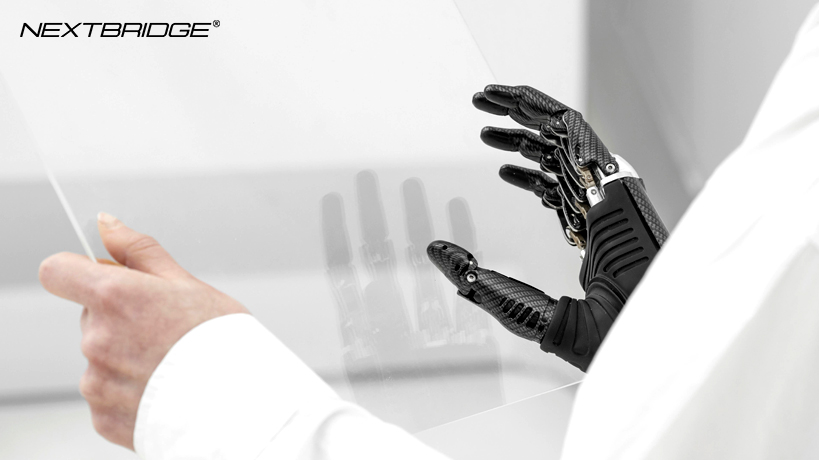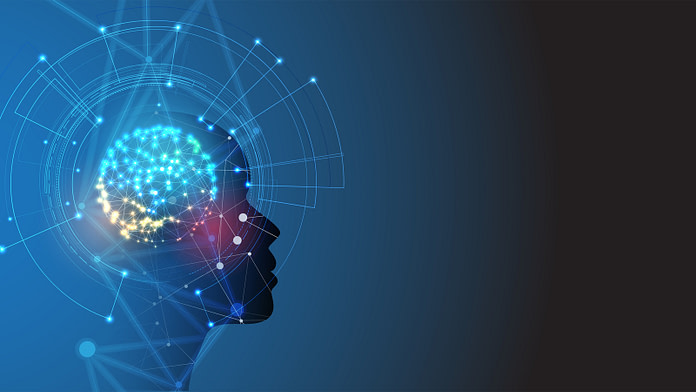 Back to all articles
Back to all articles
Blogs
Artificial Intuition AI that can mirror human instincts


Artificial Intelligence is one of the most influential and effective technologies ever developed. It is changing the world but also raising important issues for the economy.
Artificial Intelligence algorithms use real-time information to make decisions, after collecting data from sensors and numerous sources. This information is analyzed within a second and tracked. With improvements and advancements in storage systems, the analytical procedures and processing speed has become more capable, faster for decision making, and advancing analysis.
The evolution and rapid changes in artificial intelligence mean that we are living in the third generation of Artificial Intelligence. Experts have been striving to prepare for the arrival of the fourth generation of AI that can examine the data on display and readily predict when something is wrong.
This form of Artificial Intelligence can mimic human instinct by making deductions after meticulously analyzing the information. Experts like to call this fourth generation of artificial intelligence “Artificial Intuition.”
Let’s first learn its core concepts.
What is Artificial Intuition?
Artificial Intuition makes systems capable enough to detect problems and threats. Its working resembles the human mind because our intuition allows us to make decisions directly without analytic reasoning.
With the goal of achieving this, it fetches knowledge from a number of technologies and domains, such as linguistics, computational neuroscience, computer engineering, Machine Learning, or Deep Learning.

The core concept is that these algorithms mirror the most potent part of the human brain, like common sense, intuition, and instinct. Keep in mind that this technology is often confused with Affective Computing, but in reality, they both are poles apart.
Let’s get into the amazing functions of Artificial Intuition.
Applications of Artificial Intuition
This technology hasn’t matured fully. But once it gets advanced to a certain level, the main fields that can benefit from this technology would be the financial sector, cybersecurity, retail sector, and the pharmaceutical sector.
Let’s discover its applications in some major sectors.
Financial Sector
The financial sector has been touted as one of the most promising areas for Artificial Intuition. Even though the applications of this technology in the financial industry are diverse, two points are the prominent ones that should be mentioned:
- The financial institutions’ ability to identify and know their customers have become more complicated. This is mainly because customer behavior is unpredictably changing. For the purpose of solving this problem, the utilization of Artificial Intuition would be the best solution.
- Cybercriminals are extensively employing artificial intelligence to orchestrate financial cybercrime. As a result of this, banks are in need of a more advanced level of AI to detect and prevent such crimes.

Cybersecurity
Organizations frequently use Machine Learning technology to identify patterns that detect potential vulnerabilities and threats. However, there are two perennial problems for cybersecurity providers:
- Firstly, there is a high number of false positives that regularly appear in the analysis. This ultimately results in “alert fatigue”—regular detection of a large number of false positives that cause them to overlook or ignore an alert that could be a real threat for the organization.
- The other problem is what is called false negatives. It is the failure to detect unwanted behavior.

Conclusion
Despite the fact that companies are making massive investments in cybersecurity, they are often one step behind cybercriminals. This is because some of the patterns are too imperceptible and subtle to detect.
Advancement so far is only the beginning of what is to come. With the advent of Artificial Intuition, the time is around the corner when artificial intelligence will become truly intelligent and we will witness even more intuitive technologies in our everyday lives.
Need more information? You can reach out to the AI experts in vteams.
Don't hire us right away
talk to our experts first,
Share your challenges, & then decide if we're the right fit for you! Talk to Us
Partnerships & Recognition
Commitment to excellence






